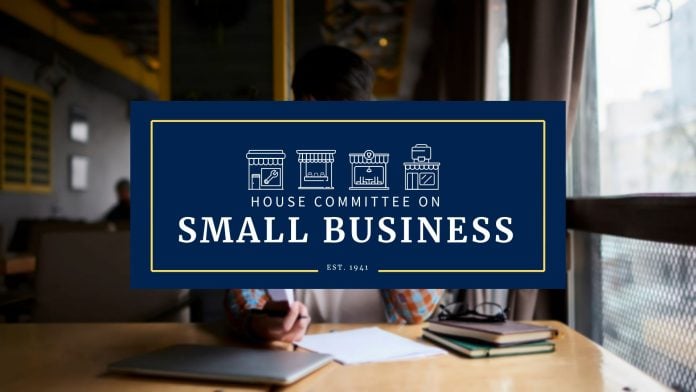House Committee on Small Business Chairman Roger Williams (R-Texas) recently unveiled the House version of the Investing in National Next-Generation Opportunities for Venture Acceleration and Technological Excellence (INNOVATE) Act, a move that seeks to empower small businesses in a rapidly evolving technological landscape. Mirroring a Senate version introduced by Senator Joni Ernst, the INNOVATE Act aims to reauthorize and enhance the Small Business Innovation Research (SBIR) and Small Business Technology Transfer (STTR) programs, which are vital for the growth of small enterprises.
The legislation is crucial as it focuses on advancing the development of critical technologies and bolstering American manufacturing. With the ongoing competition in the global market, empowering small businesses has never been more essential. “We must pass the INNOVATE Act and reauthorize SBIR and STTR to provide small businesses with the resources to develop cutting-edge technologies, many of which are vital to our national security,” said Chairman Williams. This sentiment underscores a growing recognition that small businesses are pivotal in driving American innovation.
A key benefit of the INNOVATE Act centers on securing funding opportunities for small businesses involved in research and development (R&D). By enhancing existing programs like SBIR and STTR, it opens doors for private investments and encourages technological advancements that may otherwise remain untapped. For small business owners, this could mean increased access to capital for innovative projects that can propel their enterprises into the next era of technology.
In her comments, Senator Joni Ernst elaborated on the vital role of the SBIR-STTR programs, stating, “The INNOVATE Act ensures that the SBIR-STTR programs invest in the best and brightest who are developing the technology that drives our nation forward.” This suggests a commitment not only to funding but to ensuring that investments are directed toward businesses capable of producing transformative technologies.
However, with these opportunities come challenges. Small business owners should be aware of the competitive nature of the funding landscape. While access to government-backed programs can provide a significant advantage, the application process can be rigorous. Owners may need to ensure their proposals clearly outline the innovative potential of their projects, making a compelling case for why their innovations deserve funding over others.
Furthermore, as Chairman Williams mentioned, part of the motivation behind the INNOVATE Act is to strengthen the defenses against foreign adversaries seeking to exploit American intellectual property. This adds another layer of complexity for small businesses, as they will need to be cognizant of their practices in research and innovation. This may involve adopting enhanced security measures or seeking guidance on how to navigate intellectual property protection.
The INNOVATE Act is not just an abstract legislative initiative but a direct lifeline to small businesses. As many face economic pressures and the need to innovate, this act could help propel them toward growth. It’s a proactive approach designed to ensure that America’s small business sector remains robust and competitive, both nationally and globally.
For entrepreneurs looking to benefit from this legislation, understanding the full scope of its implications is vital. The potential for increased funding, the emphasis on security in R&D, and the necessity for clear communication of ideas are crucial elements to consider as they navigate the upcoming landscape.
In summary, the INNOVATE Act stands as a testament to the ongoing efforts to ignite a new wave of innovation while safeguarding American interests. By leveraging these programs, small business owners have an opportunity to not only thrive but lead in the next generation of technological advancement.
For further details on the INNOVATE Act and its provisions, the original press release is available here.
Image Via Envato: GaudiLab



